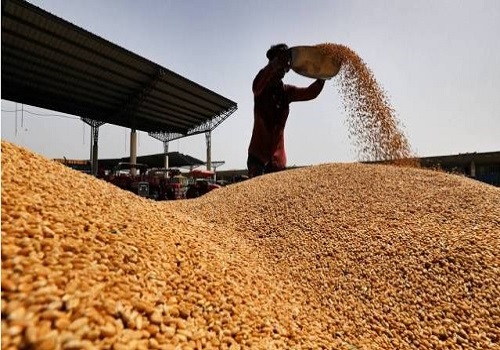Outlook on Crude Oil by Mr. Mahesh Kumar, Abans Group

Below is Outlook on Crude Oil by Mr. Mahesh Kumar, EVP & Head Capital & Commodities Market (Abans Group)
Global Concerns about demand are expected to keep oil prices low.
Crude oil prices have been struggling to hold gains on news that Saudi Arabia is reducing prices for Asia due to a coronavirus outbreak that is expected to reduce gasoline demand in the region. WTI Crude future contract is currently trading at $68.53 which is sharply lower from last week high of $70.61 registered on September 2.
Saudi Aramco cut the official selling price of Arab Light crude for delivery to Asia in October for the first time in four months, to a premium of $1.70 per barrel over the average of DME Oman and Platts Dubai crudes. The price differential in September was a premium of $3 per barrel, the highest since February 2020.
Crude oil prices are projected to remain under pressure as global oil supplies rise, with OPEC+ continues to increase oil production by 400,000 barrels per day per month from August to December. Increased OPEC crude supply, which grew +290,000 bpd to 27.11 million bpd in August, a 16-month high, is also a negative factor for crude.
The United States' August nonfarm payrolls grew +235,000 below projections of +725,000, the weakest increase in seven months, according to economic data released on Friday. In addition, the China Caixin services PMI slid -8.2 points to 46.7 in August, falling short of estimates of 52.0 and marking the fastest rate of decline in 16 months. In addition, retail sales in the Eurozone declined -2.3 percent m/m in July, against predictions of no change. The majority of global economic data released on Friday was bearish for crude oil prices.
The delta Covid variant's spread is unfavourable for crude prices since it could lead to tougher regulations, which would stifle economic growth and reduce energy consumption. According to Johns Hopkins University, the global coronavirus caseload has reached 220.6 million, with more than 4.56 million deaths and more than 5.44 billion vaccines.
On the inventory front, according to the weekly EIA report, US crude oil inventories were -6.7 percent lower than the seasonal 5-year average on August 27, gasoline inventories were -1.9 percent lower than the seasonal 5-year average, and distillate inventories were -8.4 percent lower than the seasonal 5-year average.
Meanwhile, US crude oil output increased by 0.9 percent week over week to a 15-month high of 11.5 million barrels per day (bpd), down 1.6 million bpd (-12.1 percent) from the record high of 13.1 million bpd set in February 2020.
According to the CFTC's Commitments of Traders report for the week ending August 31, crude oil futures' net long fell by -17 784 contracts to 356 528 contracts. Shorts gained +4 630 contracts, while speculative longs lost -13 154 contracts. It's probable that net longs will rise next week if crude oil prices rise following a dismal US jobs report.
Baker Hughes announced that active U.S. oil rigs decreased by -16 rigs to 394 rigs in the week ending September 3, a moderate drop from the 16-month high of 410 rigs set on August 27. Active oil rigs in the United States have surged substantially from a 15-year low of 172 rigs last August. An increase in oil rigs indicates a significant chance for abundant oil production in the United States.
WTI Crude oil future contract is likely to trade negative while below key resistance level of $69.57 while immediate support level is seen near 100 days EMA at $67.55
Above views are of the author and not of the website kindly read disclaimer




















